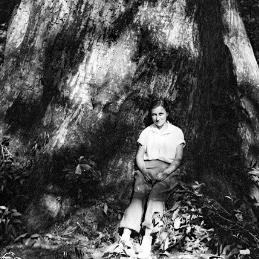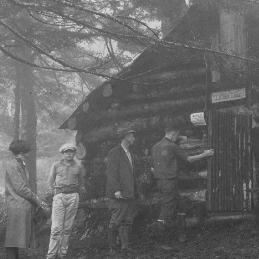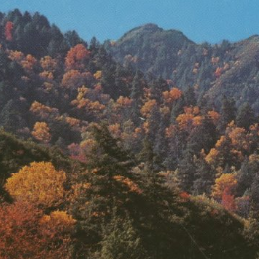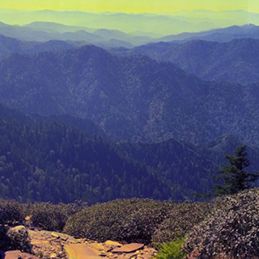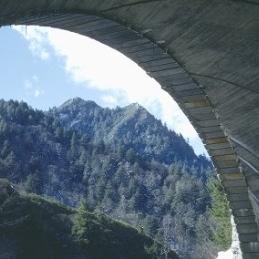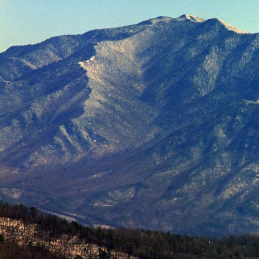Browse
"Bear Education Campaign Stresses Improved Garbage Disposal." Smoky Mountain Trails 14, no. 3 (1996): 14.
"Benefits and Pitfalls of Long-Term Research: A Case Study of Black Bears in Great Smoky." Wildlife Society Bulletin 24, no. 3 (1996): 443-450.
Great Smoky Mountains National Park Status Report In 13th Eastern Black Bear Workshop. Stratton, VT: Maine Department of Inland Fisheries and Wildlife, 1996.
"Researcher Variation in Collection of Morphometrics on Black Bears." Wildlife Society Bulletin 24, no. 3 (1996): 485-489.
Comparative Estimates of Black Bear Population Size in Great Smoky Mountains National Park In 11th International Conference on Bear Research and Management. Gatlinburg, TN: International Association for Bear Research & Management, 1998.
"Complex Movements and Habitat Use: Testing the Multiscaled Home Range Model on Black Bear Telemetry Data." Bears: Their Biology and Management 10 (1998): 210-234.
Effects of Ecological Factors on Trap Heterogeneity of Black Bears in Great Smoky Mountains National Park In 11th International Conference on Bear Research and Management. Gatlinburg, TN: International Association for Bear Research & Management, 1998.
Energetic Production by Black Bear Foods in the Smoky Mountains In 11th International Conference on Bear Research and Management. Gatlinburg, TN: International Association for Bear Research & Management, 1998.
Great Smoky Mountains In National Park Handbook . Vol. 133. Washington, D.C.: U.S. Department of the Interior, National Park Service, 1998.
"Management of a Large Carnivore: Black Bear." In Ecosystem Management: Principles and Practices Illustrated by a Regional Biosphere Reserve Cooperative, edited by John Douglas Peine, 209-223. Boca Reton, FL: CRC Press, 1998.
"Terra Firma." Hellbender Press 1 (1998): 10, 15.
Capture and On-site Release of Nuisance Black Bears and Survival of Orphaned Black Bears Released in the Great Smoky Mountains. Knoxville, TN: University of Tennessee, 1999.
Comeback of the Bears. Knoxville, TN: Klars Syndicate Press, 2000.
"Observations of Wood Thrush Nest Predators in a Large Contiguous Forest." Wilson Bulletin 112, no. 1 (2000): 82-87.
"Tales from Hall's Top Mountain." Smoky Mountain Historical Society Newsletter 26, no. 3 (2000): 9-13.
The Wild East: A Biography of the Great Smoky Mountains. Gainesville, FL: University Press of Florida, 2000.
"Living in Bear Country: WNC's Black Bear Population." Smoky Mountain Living 1, no. 3 (2001): 22-24.
"Smokies Mauling Leads to Changes." Backpacker 29, no. 6 (2001): 20.
The Troublesome Cub. Gatlingburg, TN: Great Smoky Mountains Natural
History Association, 2001.
Winter Moon. HarperTrophy, 2001.
"The Bear Master." Outdoor Life 209, no. 1 (2002): 68.
"Conspicuous Consumption." National Parks 76, no. 3-4 (2002): 40-42.
"Correlates of Success for On-Site Releases of Nuisance Black Bears in Great Smoky Mountains National Park." Wildlife Society Bulletin 30, no. 1 (2002): 104-111.
"Energetic Production by Soft and Hard Mast Foods of American Black Bears in the Smoky Mountains." URSUS 13 (2002): 57-68.
Season of the Bear: Volume I, American Black Bear. Kate Marshall Graphics, 2002.







